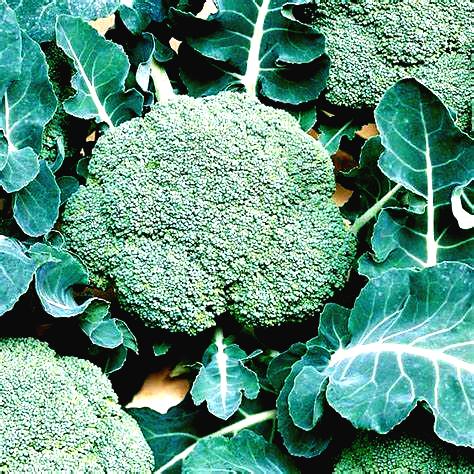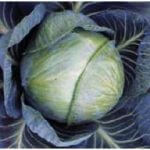Calabrese – Belstar F1
€2.95
Description
Calabrese Belstar F1 is an excellent variety suitable for early main and late sowings. It has good cold and disease resistance.
Sowing:
Make successional sowings every 3 to 4 weeks from April until mid June.
Sow one seed per module about 1.5cm deep and about 4 weeks later plant out.
Spacing:
Between rows: 45cm
Between plants in the row: 45cm
Approx. seed count: 30
Growing Calabrese – Belstar F1
Latin name:
Brassica oleracea (Italica Group)
Family:
Brassicaceae (also known as Cruciferae)
What consumers call broccoli, gardeners call calabrese. So if you want to grow the broccoli from the shops you have to buy calabrese seeds. Throughout most of the year calabrese will grow better outside but there is the possibility to extend the cropping season both in spring and autumn with the use of a tunnel or greenhouse.
Soil and site
The soil should be fertile, free-draining but with a high water holding capacity. The soil should preferably have been enriched with plenty of well-rotted farmyard manure.
Sowing Calabrese – Belstar F1
For tunnel or greenhouse production, calabrese is best sown in late January to early March and again in early July until early August.
For outdoor production sow seeds from early April until mid June.
I always sow calabrese in modular trays which are placed in a greenhouse. I sow one or two seeds per module about 1.5cm deep. If two seeds germinate you have to remove the weaker seedling. They usually germinate within 5 to 7 days and are ready for planting out about 4 weeks after sowing.
For continuity I would sow a few seeds at regular intervals.
Spacing
A spacing of 45 x 45cm each way produces decent sized heads of cauliflowers.
Plant care
Calabrese requires plenty of water at all stages. Drying out results in smaller plants and premature budding so the heads remain small.
Harvesting
Cropping from the early sowing will probably start in late April/ early May. The later sowings will produce right up to the first hard frost.
The central head should be cut before the flowers open. Smaller side shoots will develop later and one can expect 2 – 3 further cuts.
Generally cropping may start about 70 to 100 days after sowing depending on the variety and season.
Storing
Calabrese – Belstar F1 is best eaten fresh. However, if you have a glut the heads can be blanched and frozen.
Potential problems
Calabrese is susceptible to the same pests and diseases as cabbage and the same control measures are recommended. The main problem with calabrese is premature flowering. It is absolutely crucial to check your plants for ripeness at least twice per weekas the buds quickly open up into yellow flowers and become useless.
Why not subscribe to my monthly gardening newsletter?
https://greenvegetableseeds.com/newsletters/
A good information for all gardening news is the Irish Garden Magazine:




